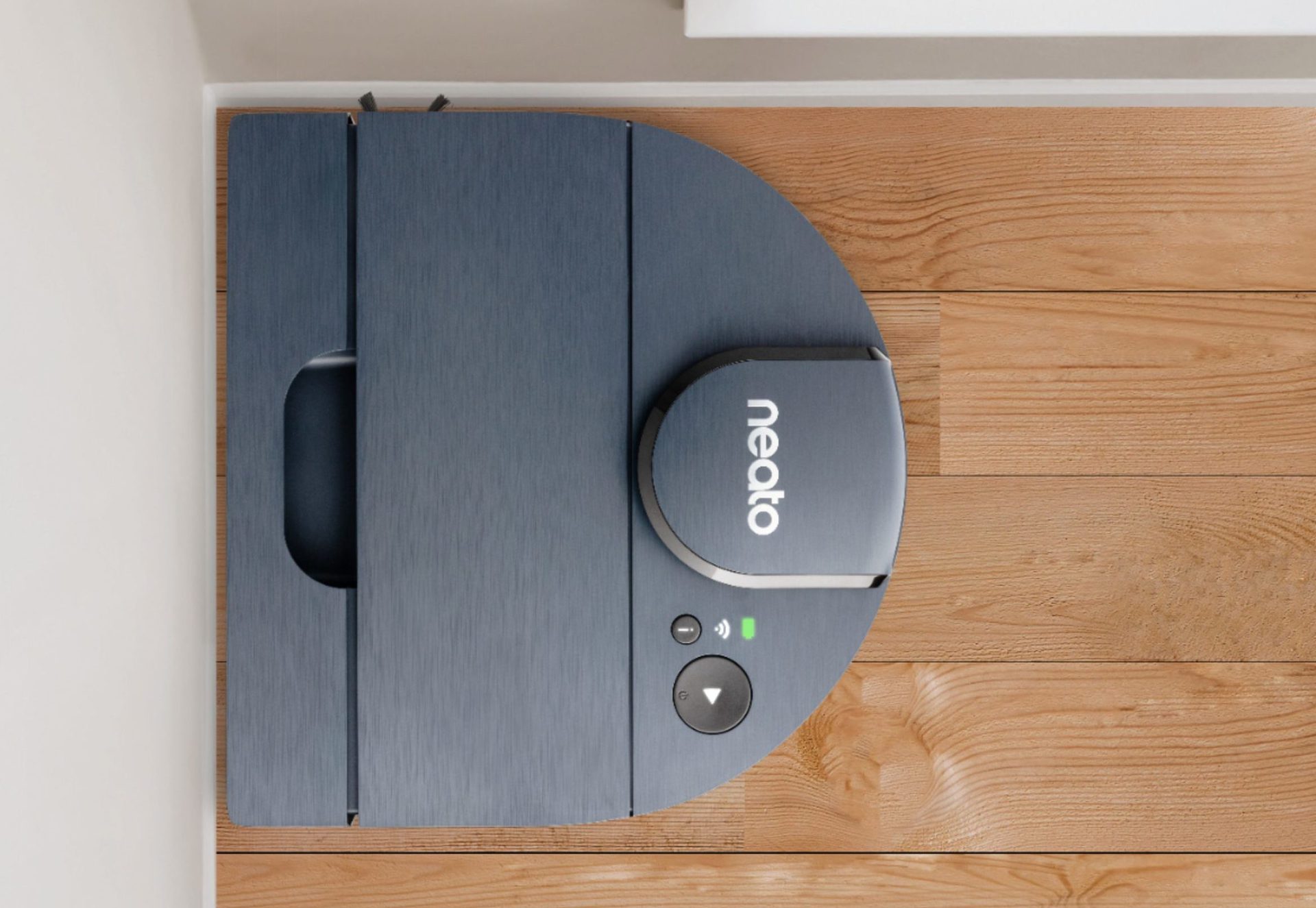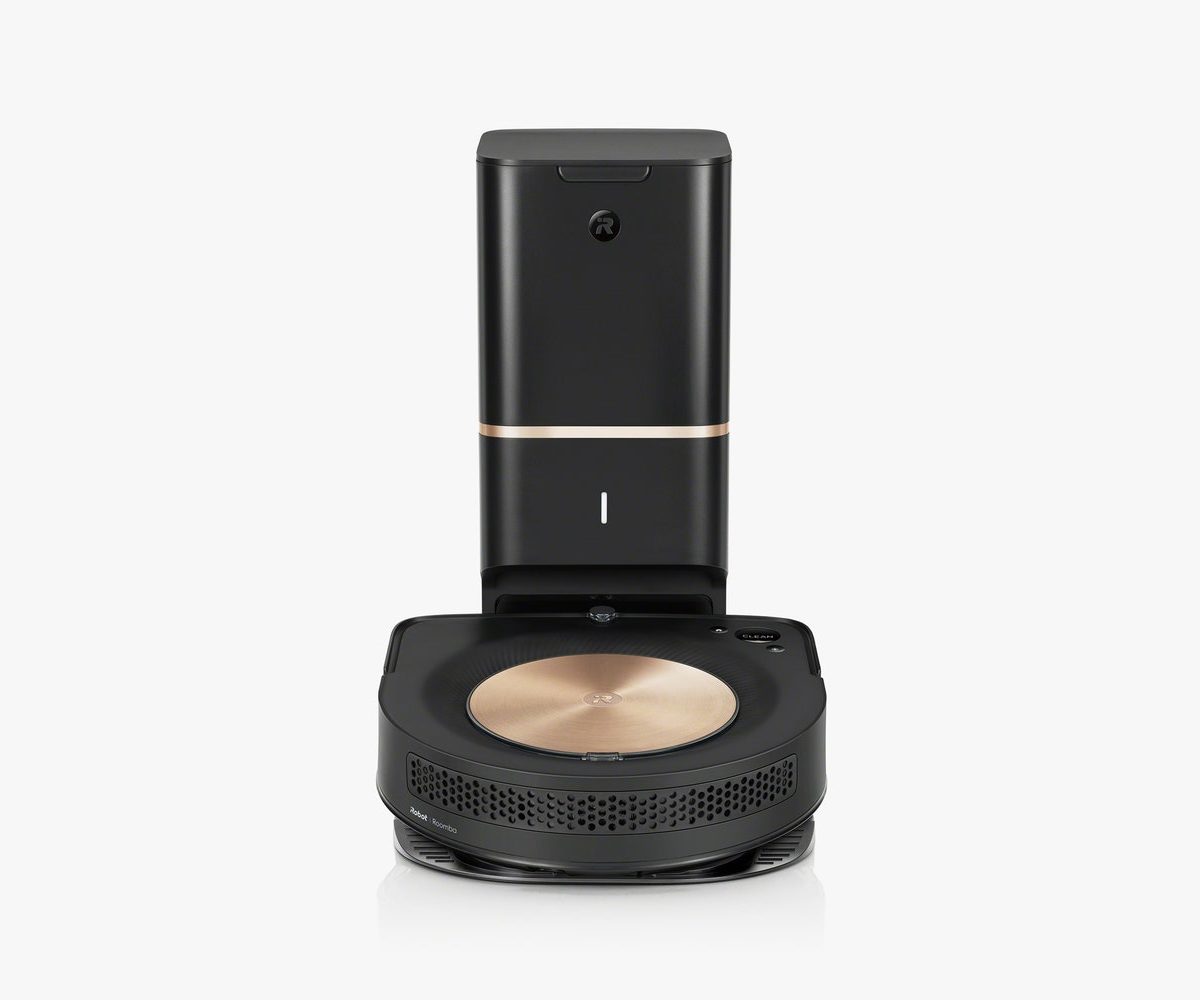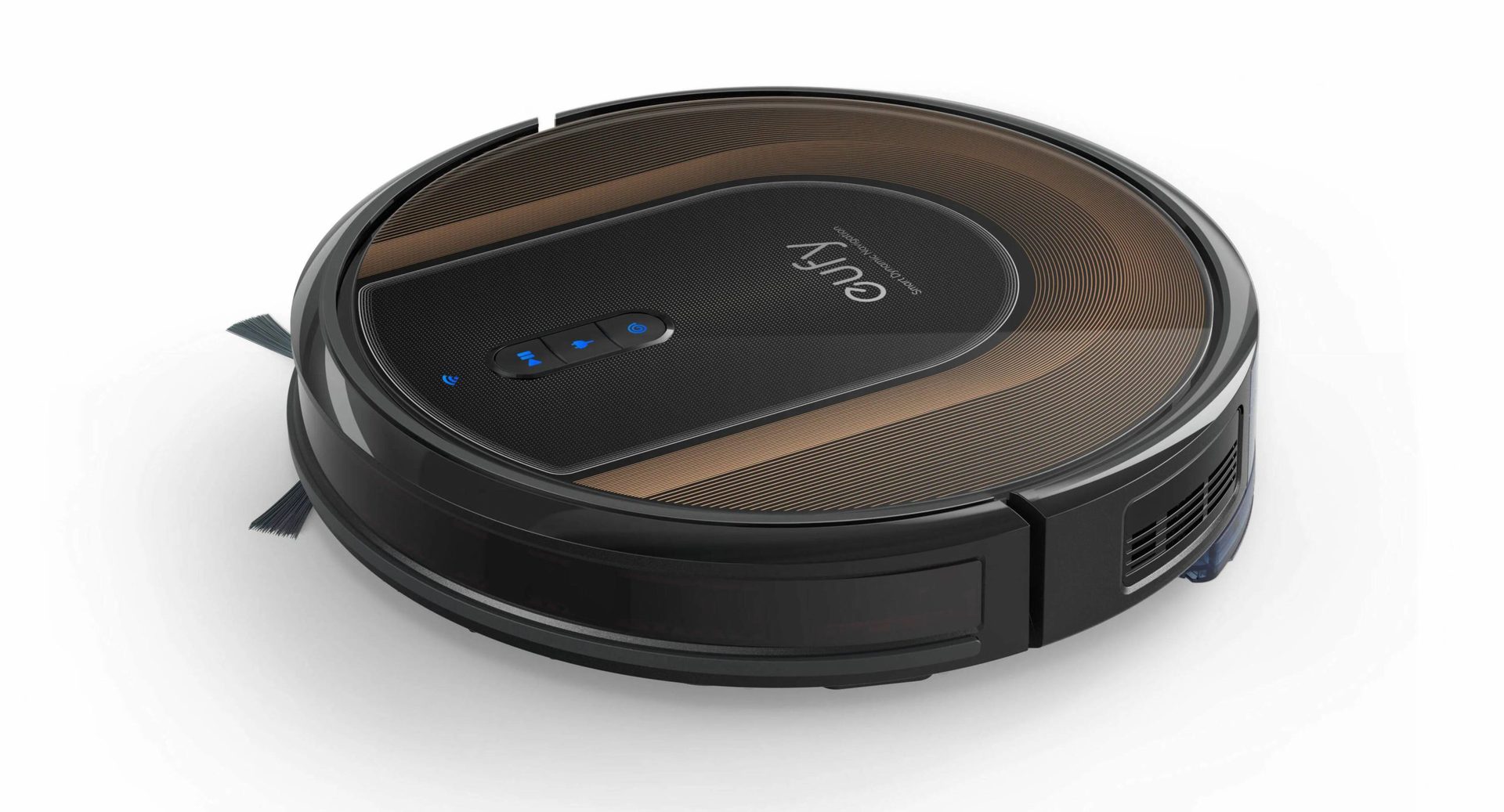Affiliate links on Android Authority may earn us a commission. Learn more.
Robot vacuum cleaners: What are they and which should you buy?
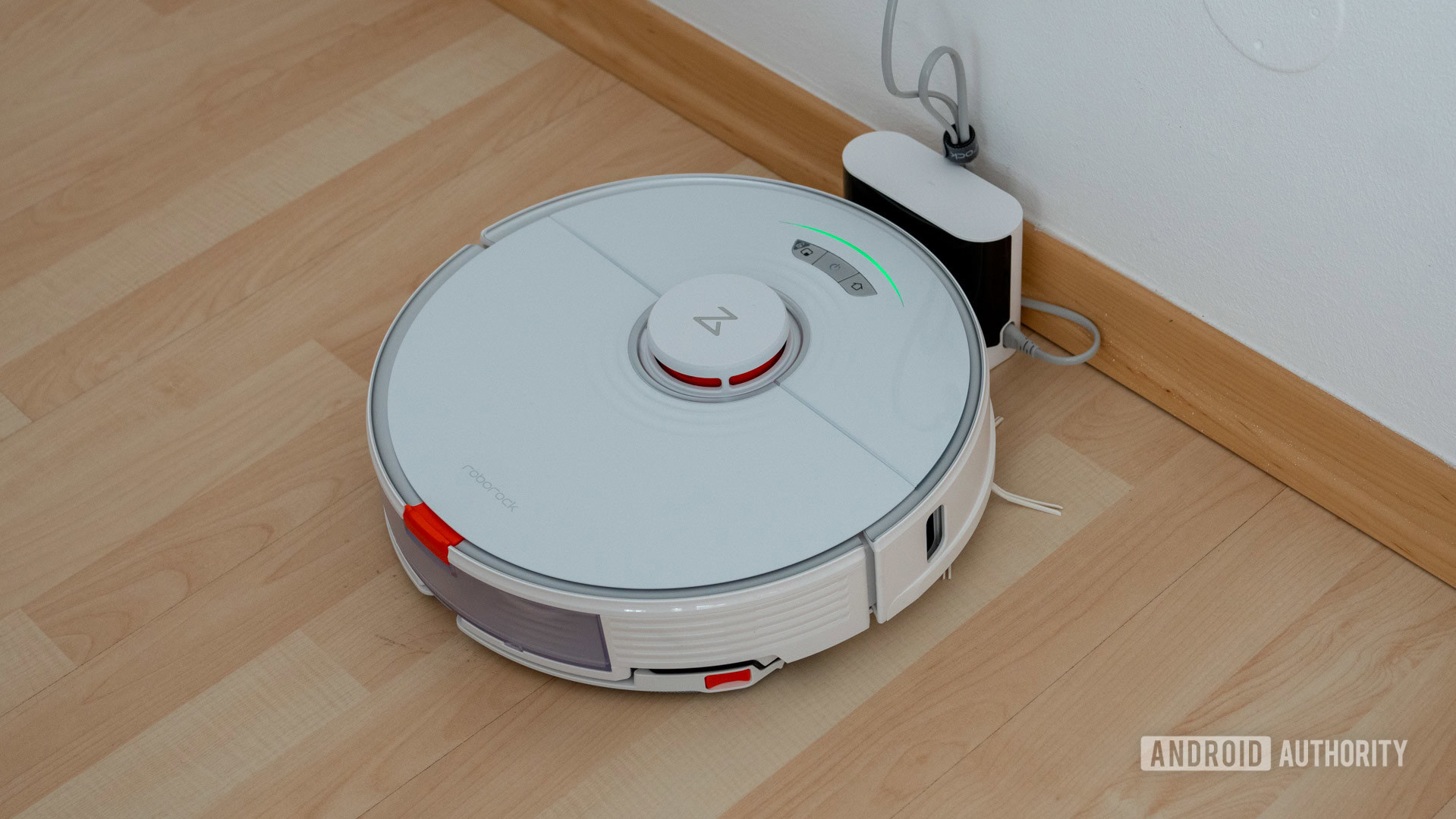
Vacuuming a home can be one of the most tedious cleaning jobs, but these days, there’s an incredible assortment of robot vacuums that remove the drudgery. Some require more maintenance than others — as a rule, though, they’re one of the best additions you can make to a smart home.
Here’s what you need to know about robot vacuums, and which ones you should buy.
How do robot vacuums work?
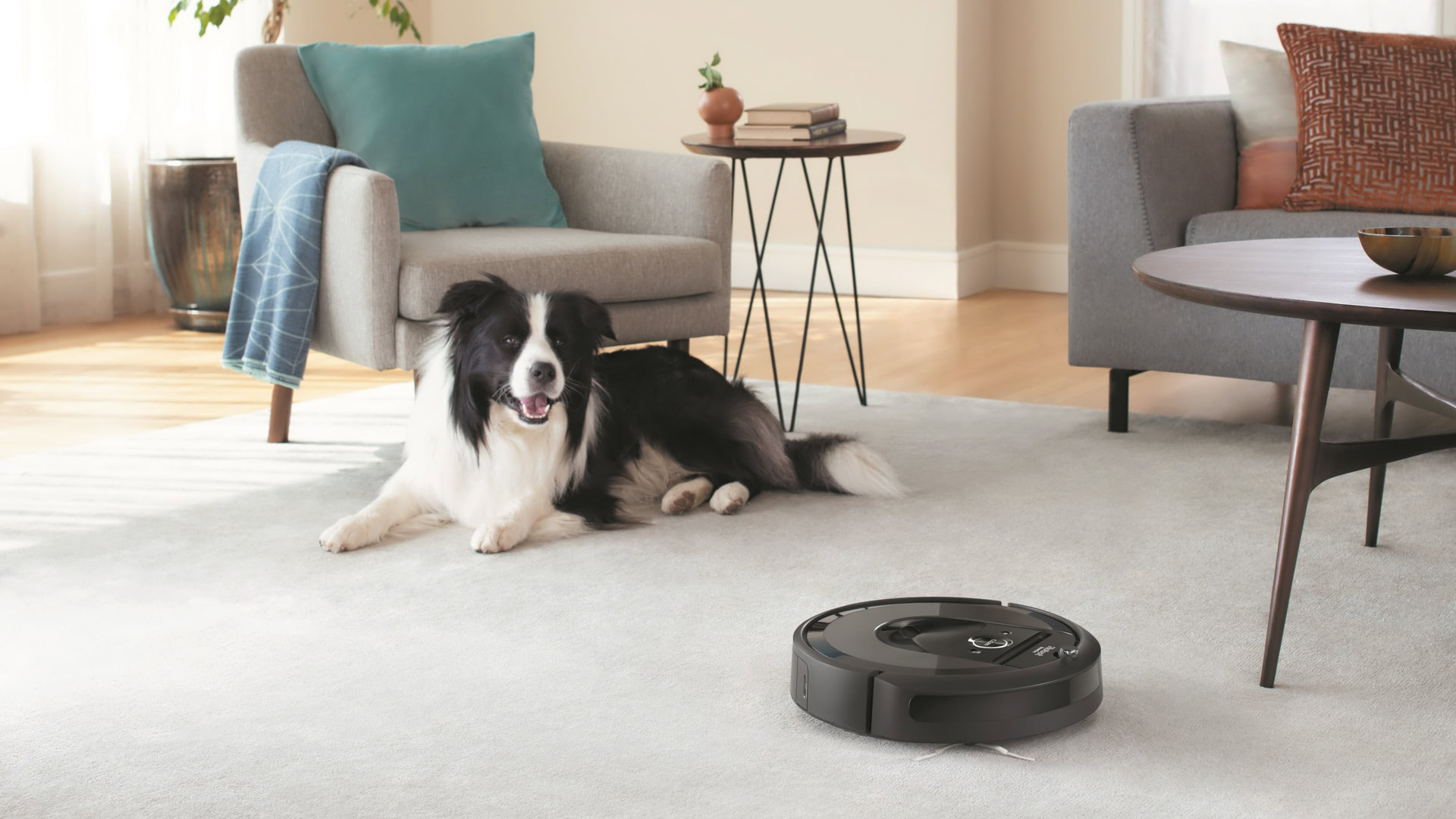
Most robot vacuums are equipped with one or two spinning brushes paired with one or more rolling brushes. These work in conjunction to scoop debris inwards, where the vacuum mechanism sucks material up into a waste bin.
Once this compartment is filled, you typically have to empty it yourself every week, sometimes every few days. More expensive models have auto-emptying docking stations, which only require emptying the dock — not the vacuum — after several weeks. You may or may not have to buy disposable bags, but even so, the convenience can be worth it.
Robot vacuums are also dependent on an array of sensors. Downward-facing sensors are commonplace, and serve basic obstacle avoidance. Better models have forward-facing sensors that can map rooms and/or identify furniture for targeted cleaning.
The simplest robots can be programmed to run on a schedule using on-device controls. Smarter models can be controlled with phone apps or smart speakers. Generally speaking, the smarter a vacuum the better, because the technology is coming down in price and offers not just easier cleaning, but options to target specific zones instead of an entire floor. That can be handy if someone makes a mess but you don’t want a robot roaming around for an hour.
Some vacuums come with mopping attachments. These require at least a little extra work, such as refilling cleaning fluid, emptying dirty water, and/or swapping attachments in and out. The most advanced vacuums can however change their own water at a dock, or even switch between mopping and vacuuming on the fly.
The limitations of robot vacuums
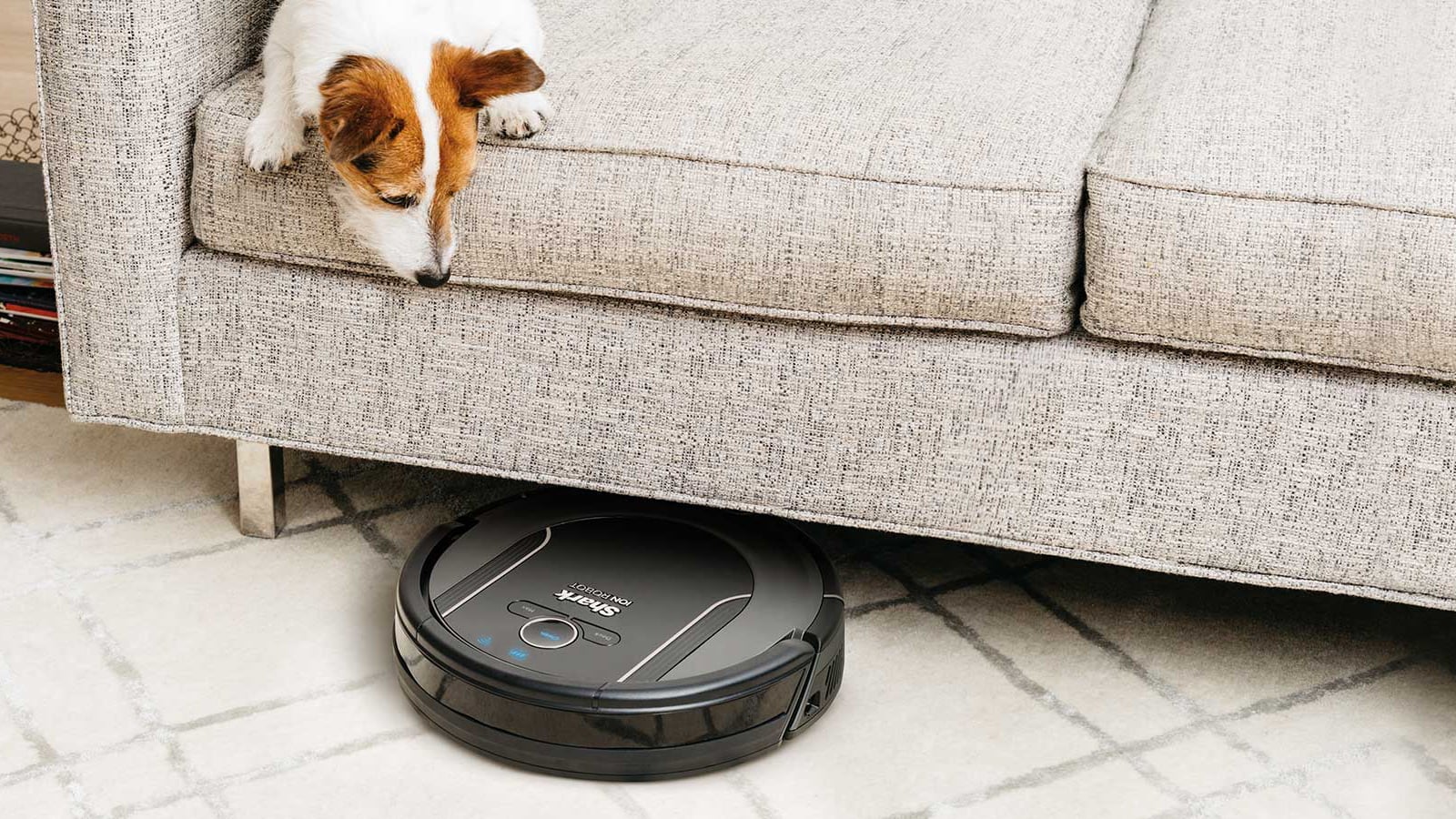
Before you start thinking robots are the key to a spotless home, we should address several limitations. Let’s say that robots won’t be fully replacing stand-up vacuums anytime soon.
First, robot vacuums don’t have the same cleaning power and maneuverability that you’ll find in the best upright units. They tend to leave some spots uncleaned, especially corners or under furniture they don’t fit. Neato’s vacuums are square-shaped to avoid the corner problem, but even they have restrictions.
Second, while robots have sensors to make sure they don’t smash into things or roll down the stairs, there isn’t much stopping them from sucking up small items. You’ll need to make sure objects like cables, shoelaces, and hairpins are off the floor before each cleaning session, as well as anything that might get caught in rollers, like tassels.
As hinted at earlier, most robot vacuums depend on small onboard compartments to hold debris, which can mean emptying a lot more frequently than you’re used to. You’ll want a robot with an auto-emptying dock if this bothers you, but be prepared to spend upwards of $800 for the privilege.
The best robot vacuum cleaners:
For people comfortable spending large (but not too large) on a robot vacuum, we’d recommend the excellent Roborock S7 Plus. For those frugal cleaners out there, we recommend the versatile Eufy Robovac G30 Hybrid.
Roborock S7 Plus: Mopping up the competition
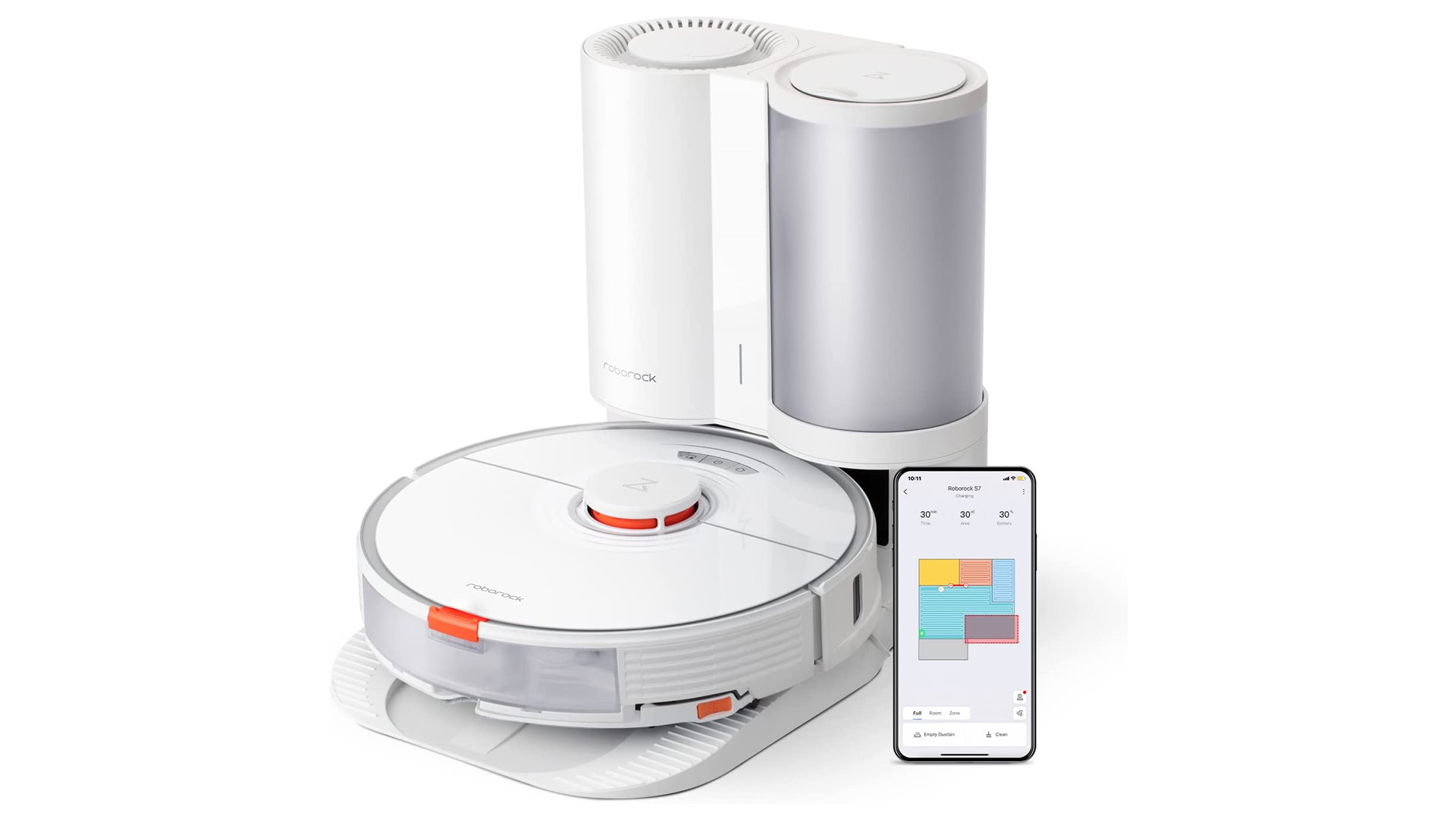
The Roborock S7 Plus is costly, but you get what you pay for. Not only can it handle both vacuuming and mopping in the same cleaning session — lifting the mop when carpet is detected — it comes with an auto-emptying dock, which Roborock claims is good enough for eight weeks of dirt.
The vacuum also offers HEPA air filtration, and LIDAR-based navigation, including the ability to store multiple floors in memory. To match this the robot has a 180-minute battery, which should be enough to clean multiple floors in one day.
Control options include a mobile app, Amazon Alexa, and Google Assistant. If there’s any serious downside to the S7 Plus, it’s just that sticker shock, exacerbated by the need to buy more dust bags and mop cloths on a regular basis.
Check out our full review of the cheaper, original Roborock S7.
iRobot Roomba i3: A great mid-tier option
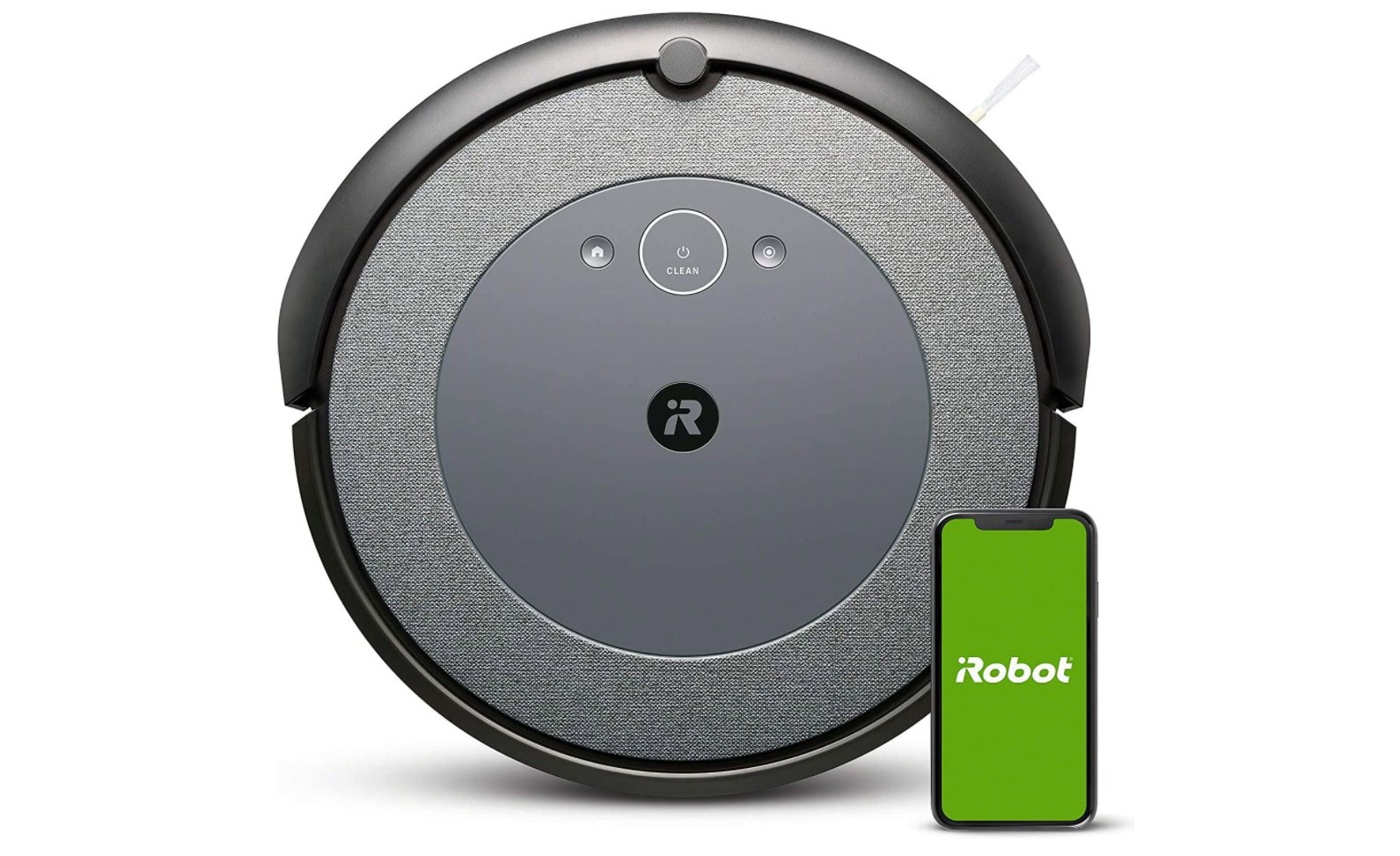
It’s hard not to include vacuums from the pioneer that started it all. The Roomba i3 is our first pick from iRobot, and it’s a great way to jump in at $300 or less.
Like other models on this list, the i3 comes with a companion app. It also works with Alexa and Google Assistant, and it you’re ready to step up, it’s compatible with iRobot’s auto-emptying Clean Base.
The vacuum’s sensor package enables both mapping and the ability to identify areas that need more attention, even when on automatic mode. In terms of battery life the i3 is solid, sitting between 90 minutes and two hours. There’s no mopping feature, so if you want to stick with iRobot you might have to grab the Braava M6 for total cleaning.
Neato Botvac D8: A unique shape makes for great cleaning
Eschewing a standard circular design, the Neato Botvac D8 uses a “D” shape intended to clean corners far more thoroughly.
While that shape is probably its most appealing feature, the D8 also sports a solid 100-minute battery life, a 0.7-liter dirt bin, and LIDAR mapping technology. Unfortunately it doesn’t have a built-in mop, and Neato doesn’t sell any docks yet.
If corners are a priority the Neato Botvac D8 is an excellent option, especially given Alexa and Google Assistant integration. The lack of some key features could be a deterrent, but you can find it selling for $400 or less these days.
iRobot Roomba s9 Plus: Premium price, premium cleaning
Another high-end option is the Roomba s9 Plus. It offers floor mapping, powerful suction, and support for both Alexa and Google Assistant, but the star is the included Clean Base, which you’d have to spend extra on with the Roomba i3.
The s9 Plus used to cost a whopping $1,300, but it’s down to $999 on Amazon as of this writing. If you want mopping capabilities as well, you’ll need to invest a few hundred dollars more on the Braava M6 bundle.
Related: How to use Alexa routines
Eufy Robovac G30 Hybrid: Affordable and effective
Eufy is where functionality meets affordability. Let’s be real: some of the vacuums on this list are too expensive for the average person. The Eufy G30 Hybrid manages to cost less while offering vacuum and mopping capabilities, 88 minutes of battery life, and 2,000Pa of suction. While none of this is industry-leading, considering the $200 pricetag, it’s pretty darn good.
Eufy’s product comes with smart detection strips so you can define preferred cleaning areas in the mobile app. You can even manually control the vacuum from your phone like a remote control car, although automation options like Alexa or Google Assistant are still preferable.
Honorable mentions
That’s it for our list of the best vacuums you can buy, but it’s only a fraction of what’s out there. We also want to give an honorable mention to the following products:
- iRobot Roomba i7: The i7 provides great cleaning, and can be upgraded with iRobot’s auto-emptying dock. Still, it’s pricey for what you get.
- Shark AI RV2001: Got pets that constantly shed mounds of hair? The AI RV2001 might be worth considering. It doesn’t have the best app on the market, but it does sport Shark’s impressive AI Laser Vision technology. Bear in mind that many other vacuums can handle pet hair, too.
- ECOVACS Deebot X1 Omni: If money is no object, the $1,550 X1 Omni not only vacuums and mops but comes with the magnificent Omni Station, which empties the waste compartment, sucks out dirty water, refills cleaning solution, and even washes and dries the mopping attachments. You do however have to remove those attachments to go back to vacuuming, and the onboard Yiko voice assistant is useless.
- Roborock S7 MaxV Ultra: The Ultra offers as much or more than the X1 Omni while costing less, but at $1,400, it’s still a luxury priced well beyond what most of us can justify.
